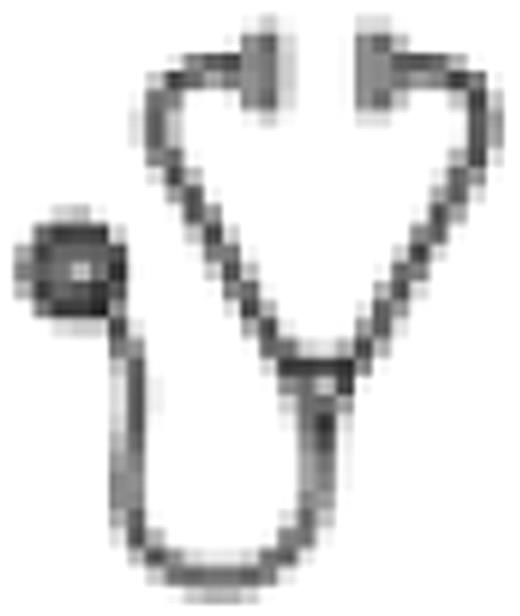Abstract
In 1994 Platt et al published the Cooperative Study of Sickle cell Disease (CSSCD) which evaluated the course of nearly 4,000 children and adults with sickle cell disease. This study was one of the largest studies to look at survival in sickle cell disease and suggested a median survival of 42 years for males and 48 years for females with homozygous SS disease. In the past 20 years numerous supportive care measures have been implemented and the impact of these on survival of our adult sickle cell patients is unclear. We undertook a retrospective review of charts and autopsies for all patients in our adult sickle cell clinic that died from the time of inception until 2010 to determine if there was any impact on cause of death
We performed a retrospective chart review study of all deaths of our adult sickle cell patients since inception of the clinic in 1998. Of the 260 patients actively enrolled in our clinic, 36 died during the time period of 1998 to 2010. Thirty four patients had sickle cell disease, 2 patients had sickle beta thalassemia, and no patient had Hemoglobin SC disease. Data regarding cause of death was determined from autopsy reports and from hospital charts at the time of death. The median age at death was 40 yrs. Despite most patients dying at or before age 40, only 9 of the 36 (25%) patients had autopsies. The cause of death in the autopsies obtained included liver infarct(1), drug overdose (2), cardiomyopathy (3), pulmonary emboli(1), coronary artery dissection(1) and chest syndrome(1). Of the patients who did not undergo autopsy, cause of death was evident in the hospital chart in 9 of the remaining 27 patients. In this group of patients cause of death was noted to be intracranial hemorrhage (2), sepsis (3), small bowel obstruction (1), cancer (1), chest syndrome (1) and heart failure (1). The remainder of the 18 patients died unexpectantly of sudden cardio respiratory arrest of undetermined etiology. Five of these patients died at home and 13 patients died within 48 hours of being hospitalized for acute pain crisis. In chart review of these 18 patients 7 patients had hypertension and 9 patients had renal failure. Of these 18 patients prior echocardiographic data was available in 14 patients. Interestingly, 7 of the 14 patients had TR jet velocity >2.5 m/second. The incidence of TR jet velocity >2.5 m/sec is higher than the 25–30% cited by Gladwin et al in a general sickle cell population.
In summary despite numerous advances in supportive care over the past 15 years since the CSSCD the mean age of death in our small group of patients was still in the fourth decade. As in the CSSCD the majority of patients still died of cardiac and pulmonary complications many of which were not evident at the time of hospitalization. This retrospective data suggests close monitoring of these patients during the first two days of hospitalization given the high incidence of sudden cardiac death in this population. This retrospective review also suggests the necessity for improved screening and treatment modalities to prevent cardiopulmonary complications such as pulmonary hypertension in this population.
No relevant conflicts of interest to declare.

This icon denotes a clinically relevant abstract

This feature is available to Subscribers Only
Sign In or Create an Account Close Modal